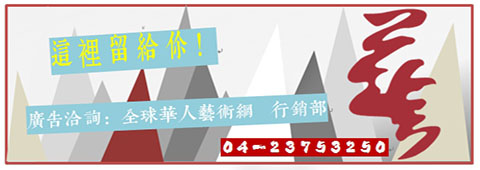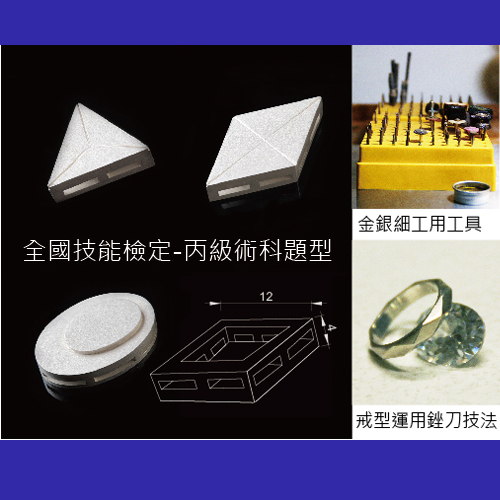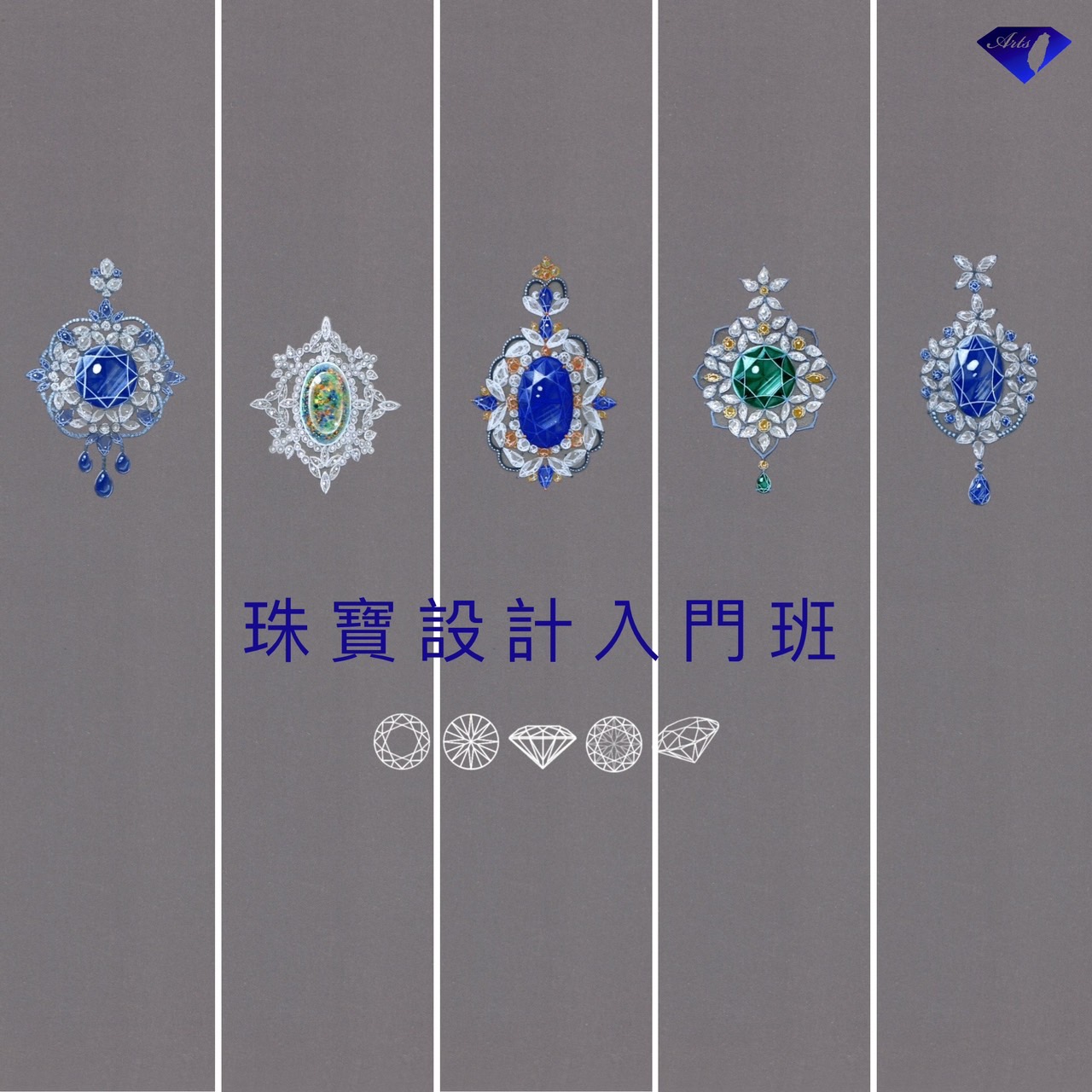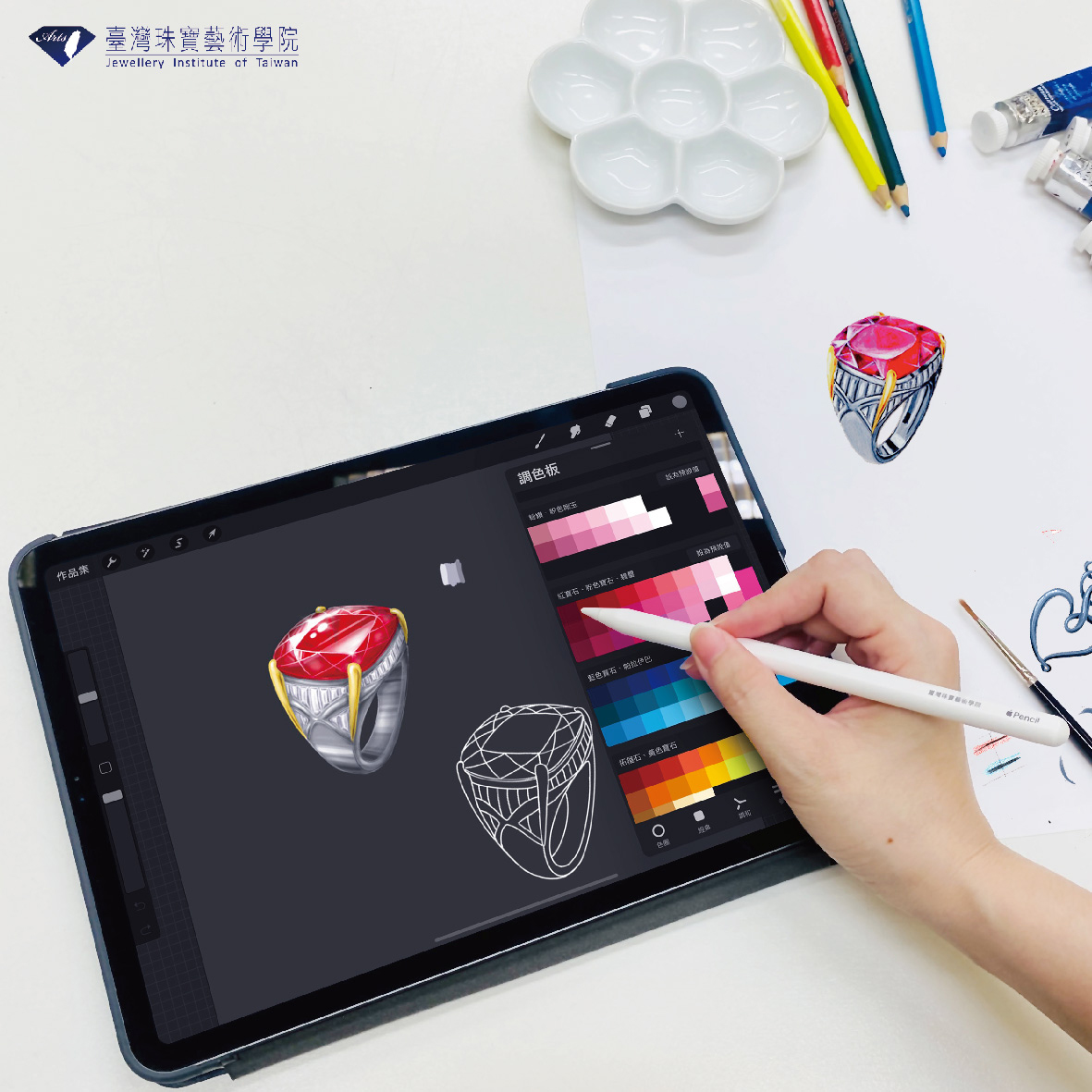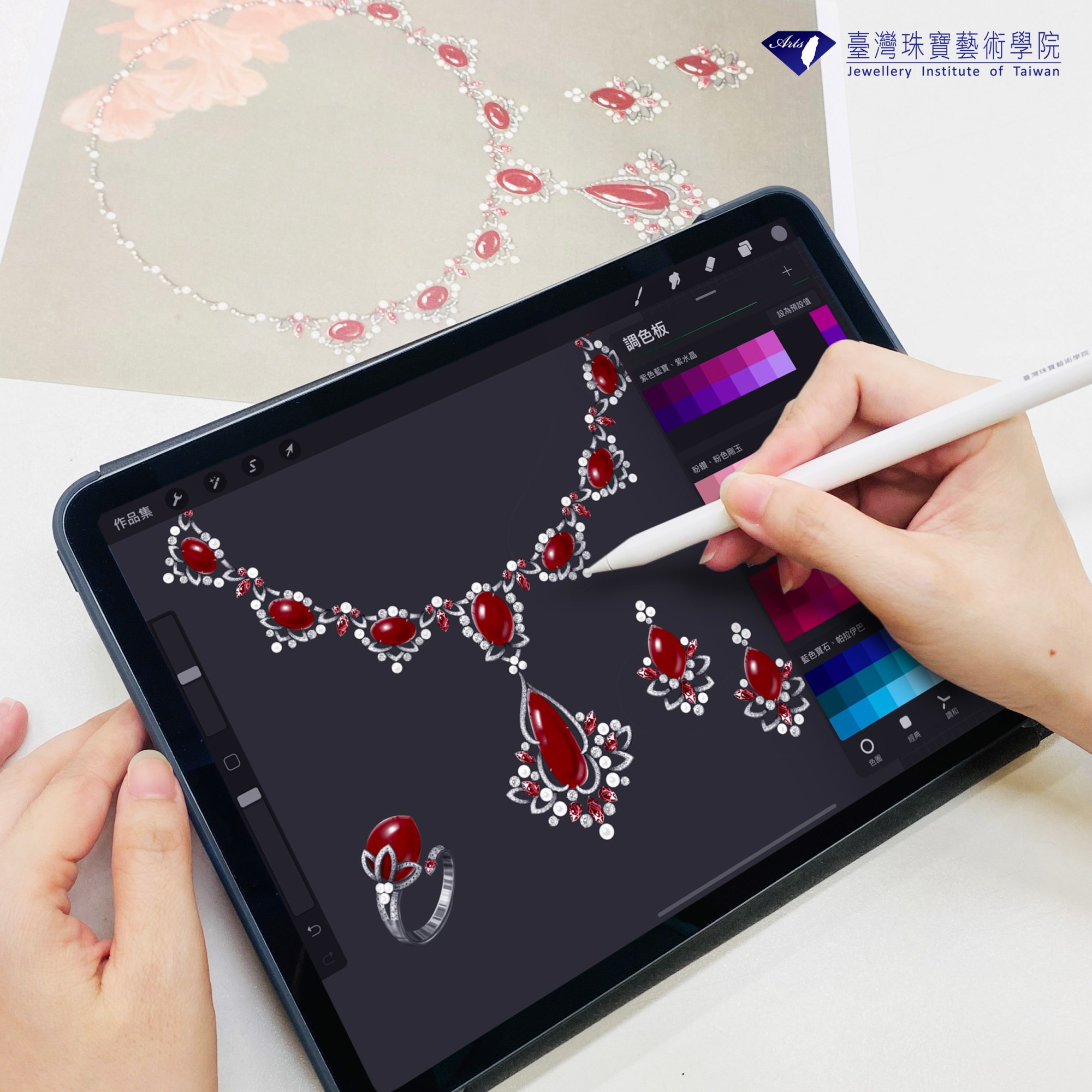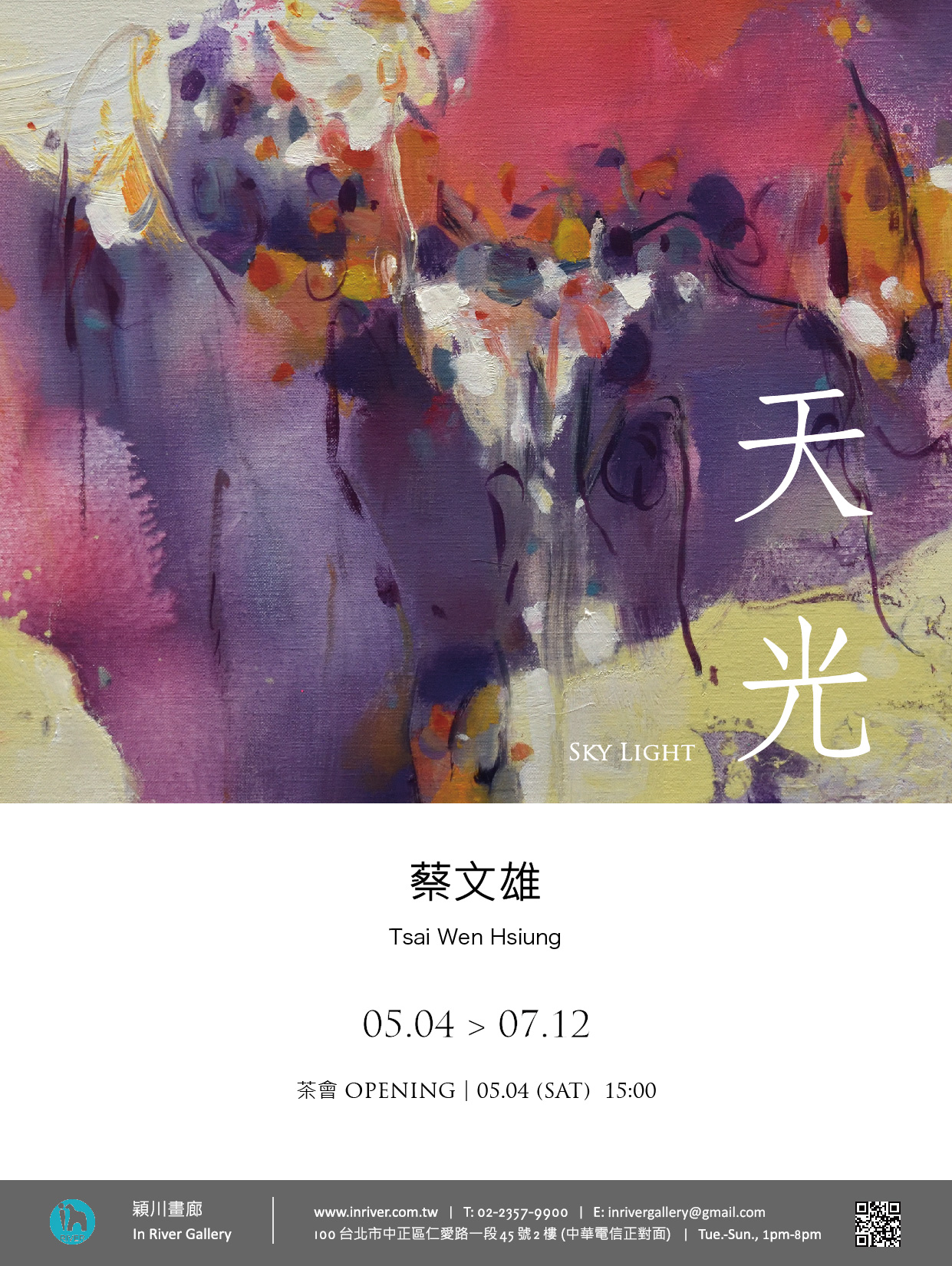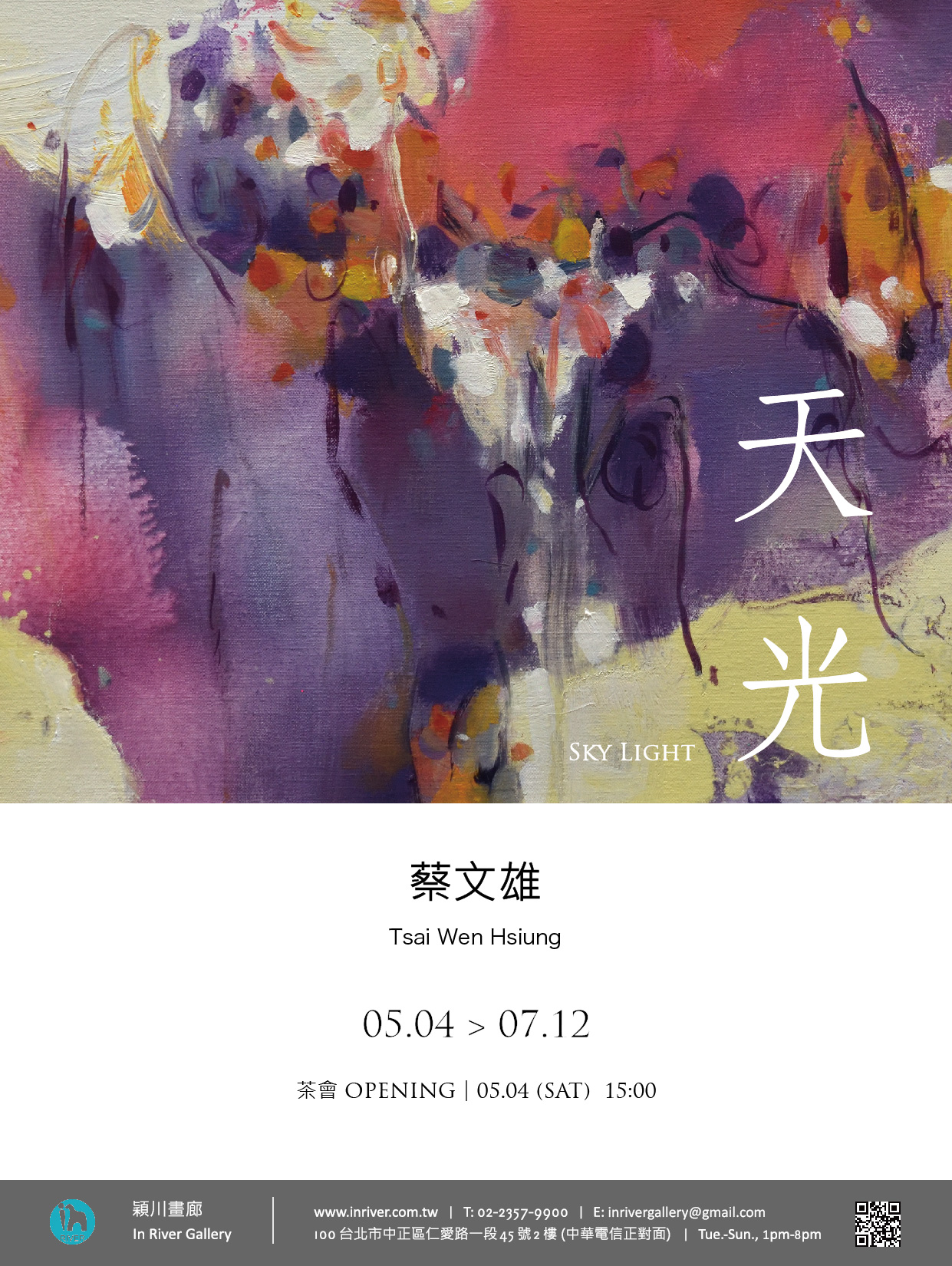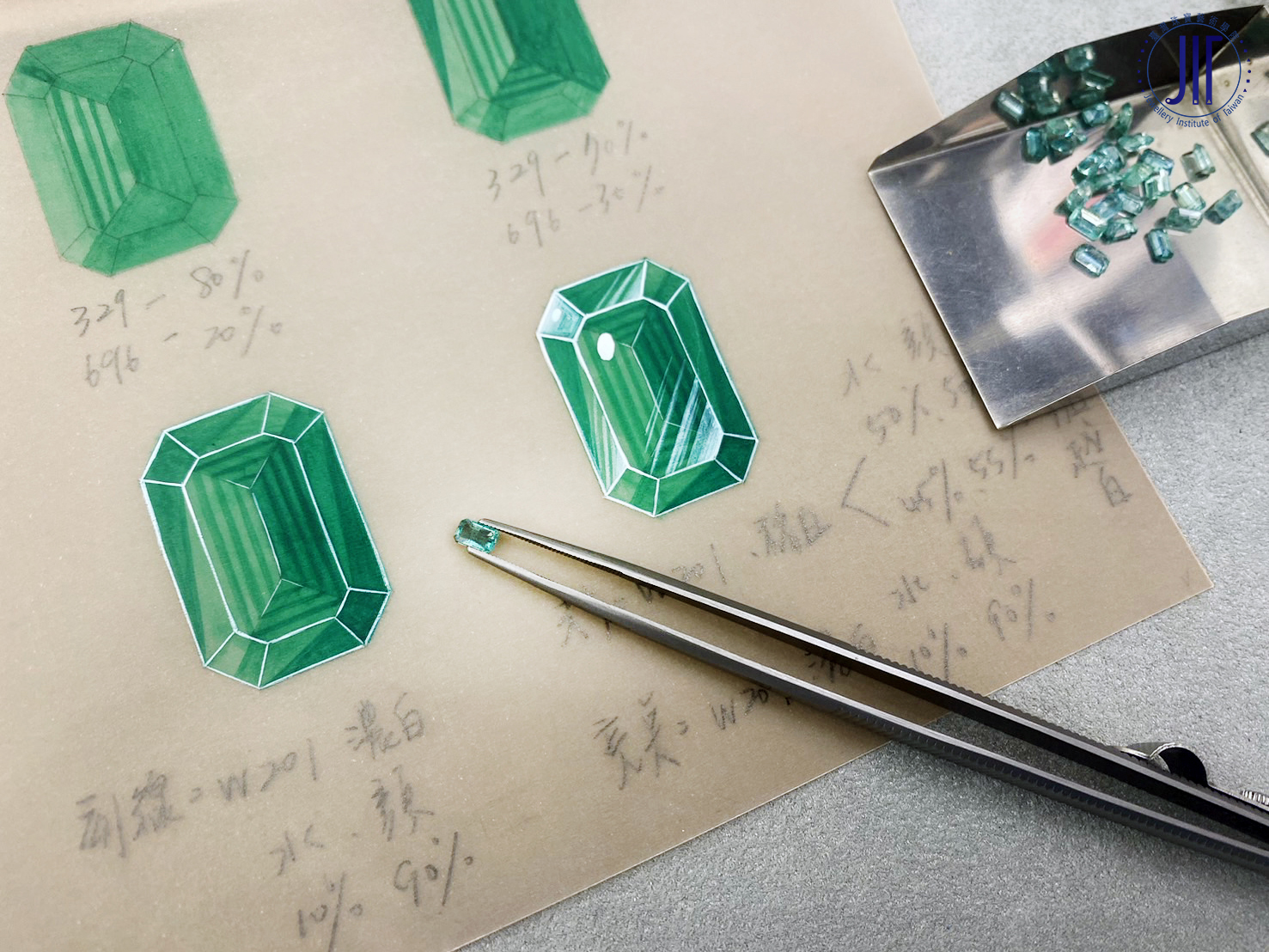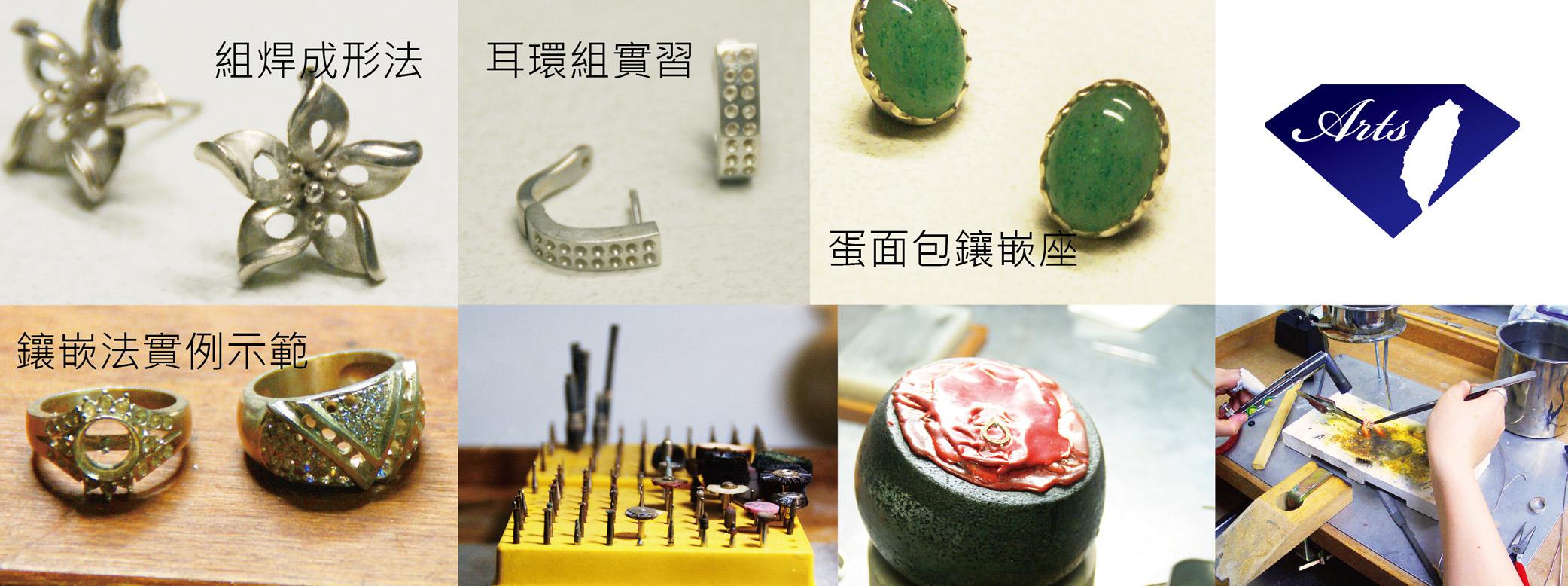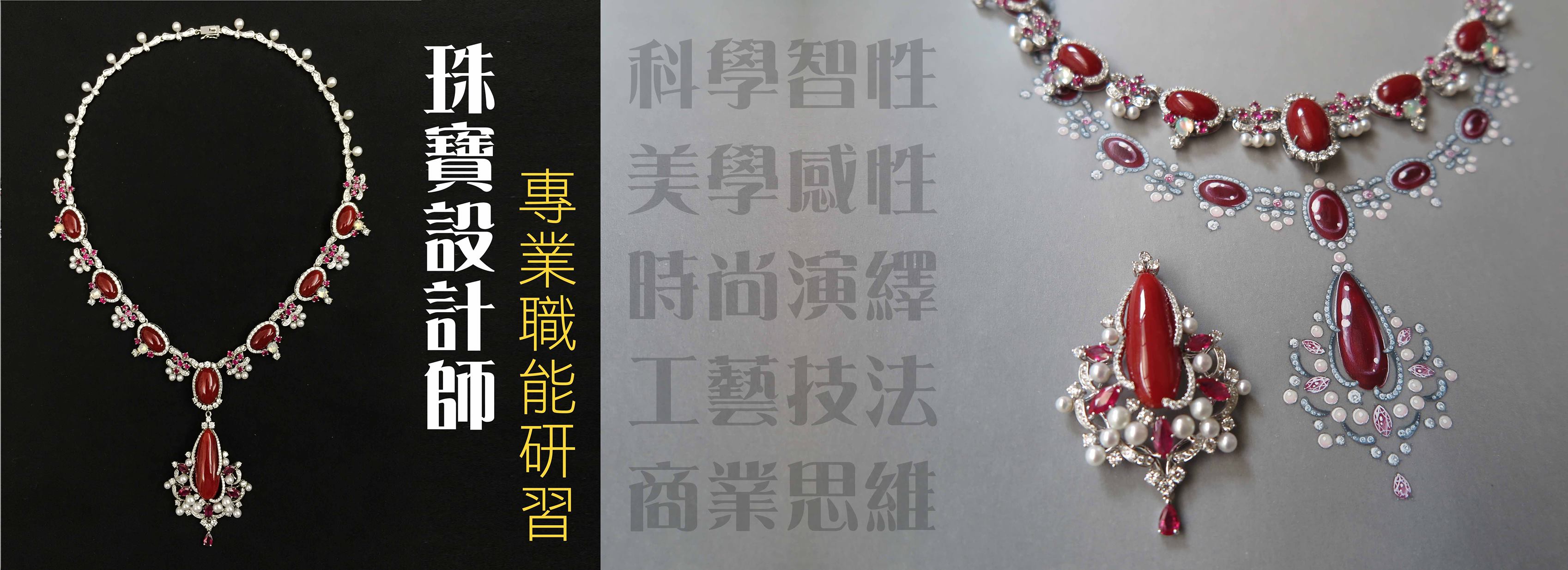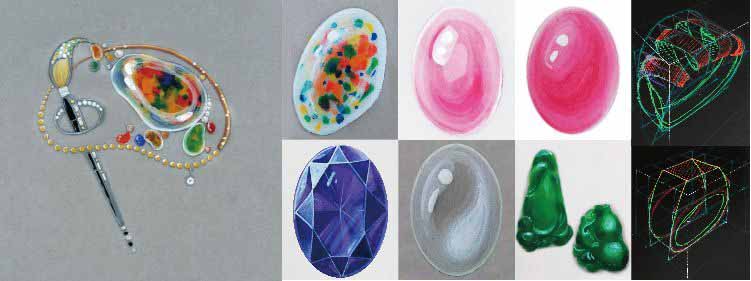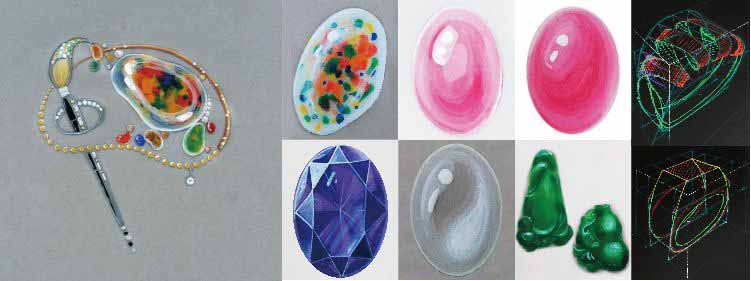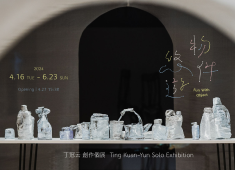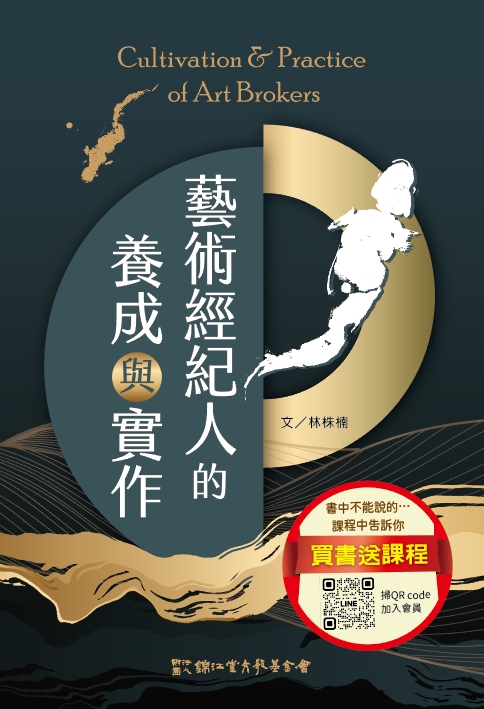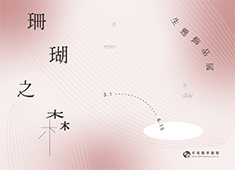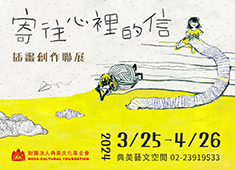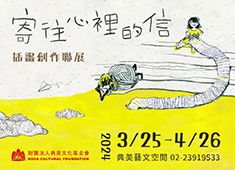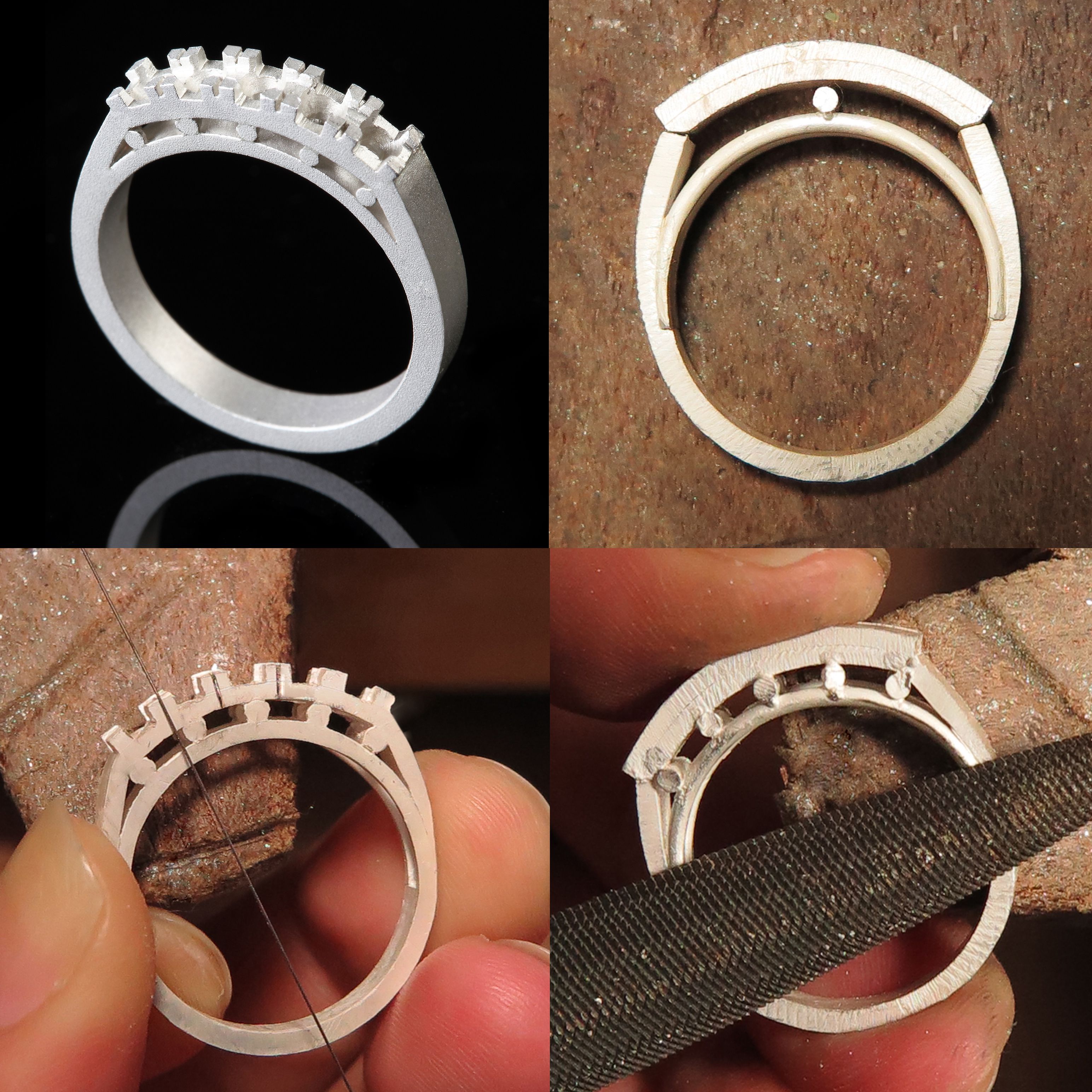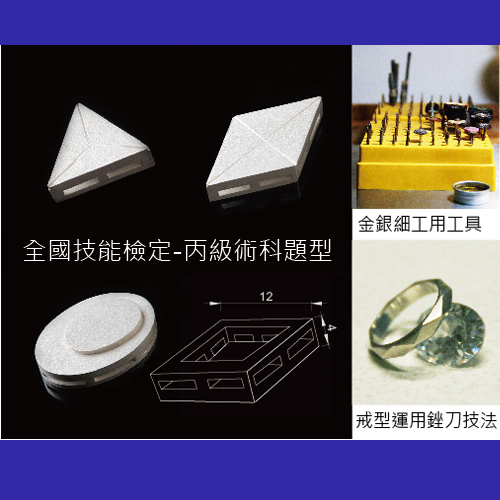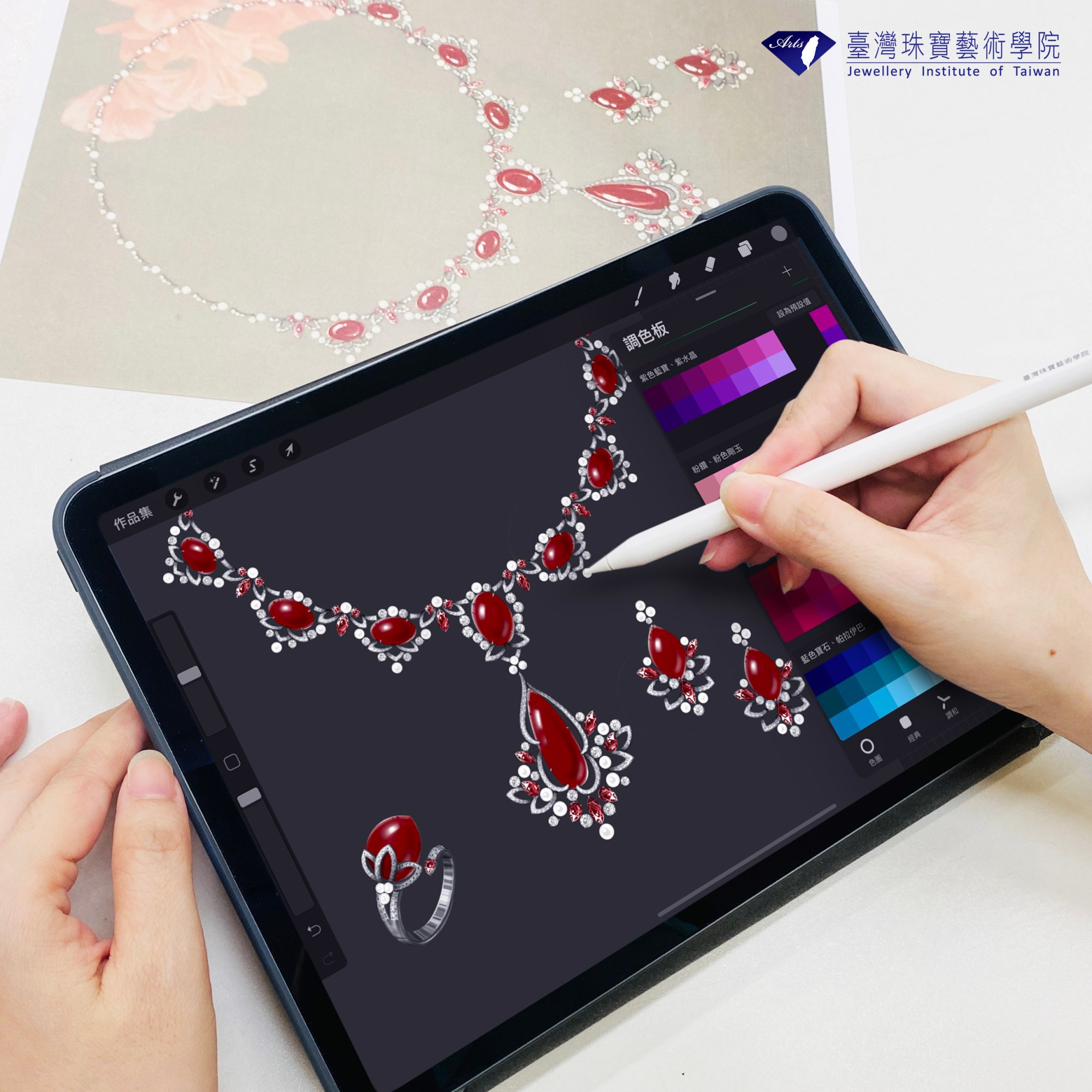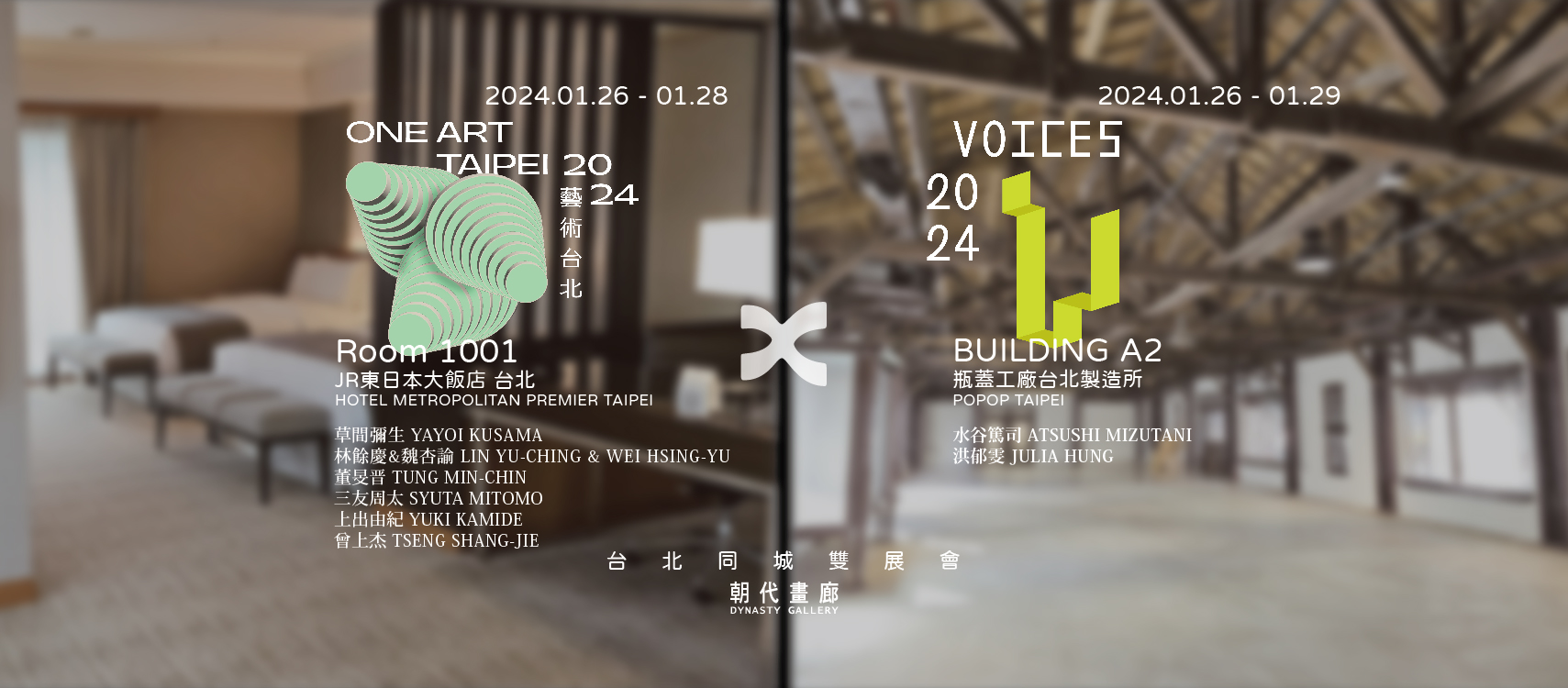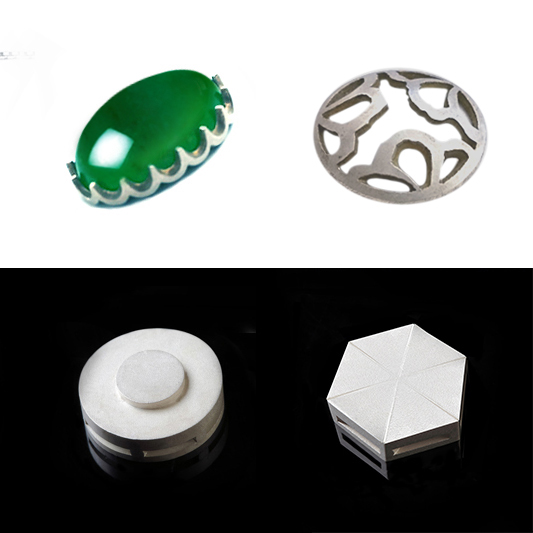
展覽名稱:「放立場所-之間的對立與模糊:王振安個 展」
展覽時間:2008 年 6 月 5 日 - 7 月 6 日
展覽地點:高美館 B01 展覽室
展覽內容:
《市民畫廊 放立場所-之間的對立與模糊:王振安個展》是本館「市民畫廊」96 年度第一次徵件入選之展覽案,展出王振安自 2005 至 2008 年間具代表性之複合媒材裝置作品;其創作題材以「放」為主要的形態及理念,同時透過「放置」延伸「立」的思維,之間所構成的空間,是對立?還是模糊?在這個充滿光影與圖像的場所,自然產生王振安獨特的創作表現與藝術觀點。
放立場所—之間所的對立與模糊 - 王振安
以「放立場所」之間所顯現的「對立」與「模糊」作為命題,是由「放置」後構成的「站立」狀態所建構。而當中的對立關係就如作品與作品之間,作品與視點之間的移動關係,當視點移動時,作品中的每一個圖像同時也就會跟著移動,並且在每一個圖像的動態速度上也有著差異;但是,實際上作品本身只是一種靜止的狀態,其動態原由在於彼與此之間的相對立。
若說「放立場所」中的站立物件是「此」的話,那移動的視點就是「彼」,而這彼與此的「立場」對立關係是會經常轉變的,由此對立存在也就會產生無窮相對的價值判斷;對立存在的關係是不斷轉換的,因而價值判斷也變流不確定。《老莊新論 p.291》此時,無數相對流變的價值判斷,就會產生無窮的價值矛盾與模糊。
而「放」其實是可以很簡單的;但是,「放」有時其實也並不那麼容易。這當中是因為,「放」有時候是放心;或者不放心。「放」是放得下;或者放不下。甚至是放得適當;或者放得不適當。然而「放立場所」是如何使得「放」可以成「立」:如放心、放得下、放的適當、放的有想法。因此,「放立場所」將以「放」的這個動作,也就是以「放置」當成主要的形態及理念;並且,在放的動作之後,此時,使其能夠再產生「放」的延伸思維。
當「放」作為在「放立場所」中的思維時,其實字形及字義都又與「牧」很有關係:其一「放」的字形本身就與「牧」字的草書是相似的;其二放的字義當中就有「牧畜」的意思。而「牧」,原本是古代掌管牧場的官員,此稱為牧師。這裡與基督新教的牧師意思有些不同,基督教的牧師就是指傳教士,聖徒即是牧羊者,當摩西渡紅海時拿的就是牧羊人的杖,後來就成為引導遵行主的教意。所以放置的「放」,在這裡就是「牧」的意思,也可以是在學習效法牧者的精神。因此,應該也是一種關懷的態度。
再來說到「立」,在此要先提一下海德格 (Heidegger) 對於「物」的說法,在德文裡的「物件」(Gegenstand)一詞,字面意思為「站立」(stand)在「對面」(gegen)的東西,或者說「對立物」。接著海德格又以壺作為解釋說,壺之為物,首先是因為「站立」,而非因「表像」。更進一步地說,壺之為物並不是其壺底及壺壁,而是壺底及壺壁間的「中空」(die Leere)或「無」(das Nichts)。這「中空」的本質就在於「包容」,亦為「包容天地」和「海納百川」,也就是「容納」:那麼「容」既是「保持」;納既是「承受」。且容納的保持和承受的雙重性在注入(Erguss)及斟出(Ausgiessen)的斟注(Guss)中達到統一。因此,「斟注」又可稱為「饋贈」(schenken),甚至可叫做「贈品」(das Geschenk)。所以,海德格說:「壺之壺性在斟注著的贈品中成其本質存在」。
「立」字,除了有本身的站立、立刻、體積等字義外。在「放立場所」當中的「立」,是因「『放』而成『立』」;也就是在「放立場所」當中,強調類似於「放」東西(物件)的動作,而且這是比一般製作一件作品來得簡化的過程;甚至,將一般平面的材料,透過「放」的動作,讓那原本只能平放轉為「站立」的物件。接著「放立場所」中的作品(物件),會構成的「中空」形態,以及產生中空中所承載的圖像。然而這些圖像會再形構出或動靜、或快慢、或近遠、或少多、或寬窄長短等變化,也許這裡似乎會令人聯想到海德格的「鏡象遊戲」(Spiegel-Spiel)和「圓舞」的關聯性;但是「鏡象遊戲」是一種四方域的四方之間既純一又合一的關係,而「圓舞」則是一種「柔和的」、「輕巧的」、「順從的」比喻。雖然「鏡象遊戲」及「圓舞」都是海氏對於「物」的進一步論述,其關係如海德格說:「從圓環之環化的鏡象遊戲出發,物之物化自在發生」《現象學與人文科學 p.263~276》。但是「放立場所」因為「放而成『立』」,這裡的「立」也顯現出不同的「對立」與「矛盾」現象,而且也由「立場」的差異而呈現差異,這就是「場所」,也就是「放立場所」。
Contrast and Ambiguity of the Space - Wang Chen-an
The “contrast” and “ambiguity” of a ”space” is the situation created after an Object is placed in the said space and the “contrast” can be analogized to the relation between works. The image moves with the movement of the observer’s gaze. The speed of the movement also matters and will produce different results. However, the works are still and the motion of the works is actually created be the contrast between works.
If standing object is defined as this. The moving gaze will Be that As the relation between this and that will change constantly, the caused judgment of values will also vary. Thus, Contradiction and ambiguity might arise as a result (Lao Jhuang Sin Lun, p. 291)
放(fang). a word literally meaning “to place,” ”to put,” Can be easy but, sometimes. It is not as easy as expected. This Chinese character is oftentimes found in short phrases
meaning “ assured,“ “let go,” “put in place,” or other phrases meaning just the opposite. Yet, how an object can be placed appropriately---or thoughtfully---in a space is an issue to be addressed. The display and concept of the exhibition focus on the act of “placing” and our thoughts regarding “placing” will be extended after this act is completed.
When the act of放(fang) is connected to our thoughts, it is Similar to 牧(mu) both in their writing forms and meanings First, the cursive script of fang is quite similar to that of mu. Secondly, fang also has a meaning of mu syu(畜牧),which means pasturing and breeding animals. Mu, or mu shih(牧師), used to refer to a government
official who was in charge of pasturelands. (In modem times, mu shih refers to a priest, a member of the Christian clergy. A mu shih is a missionary and saints are shepherds. The rod Moses raised to part the Red Sea was actually a shepherd’s staff. And the staff then becomes a symbol of following the instructions of God.) Hence, the act of fang is equivalent to mu, meaning following the spirit of shepherds or adopting an attitude of sympathy and consideration.
On the other hand, the word 立(li) means “to stand” In German, according to Heidegger, the word gegenstand means a thing standing (stand) against (gegen) us. Heidegger used the jug as an example and indicated that the thingness of the jug lies in its “standing,” not in its “representation.”The hollowness (die leere) or the void (das nichts) defined by the encircling sides and bottom of the vessel is essentially “to contain.” “to hold” “Containing” is a process of “flowing”(guss), which combines “filling” (erguss) and “outpouring” (aušgiessen). Consequently. “folwing” (guss) can also be considered as “to present” (schenken) or “a Present” (das geschenk).
The word立(li) can be used with other words to mean “to stand” immediately,” or “volume “ In this exhibition, 立(li) refers to the act of 放(fang). i.e., “placing an object,” a more simplified process than general process of making art Through the process of “placing,” two-dimensional materials can “stand up” and “hollowness” and images are created. The movement or stillness famess of neamess, width or narrowness, length or shortness, speed and quantity of the images can be associated with the relation between Heidegger’s mirror-play (Spiegel-spiel) and round dance. The objects’ “standing” in the space of the Exhibition results form their “being placed” in the space, which also creates Different situations of contrast and ambiguity.


